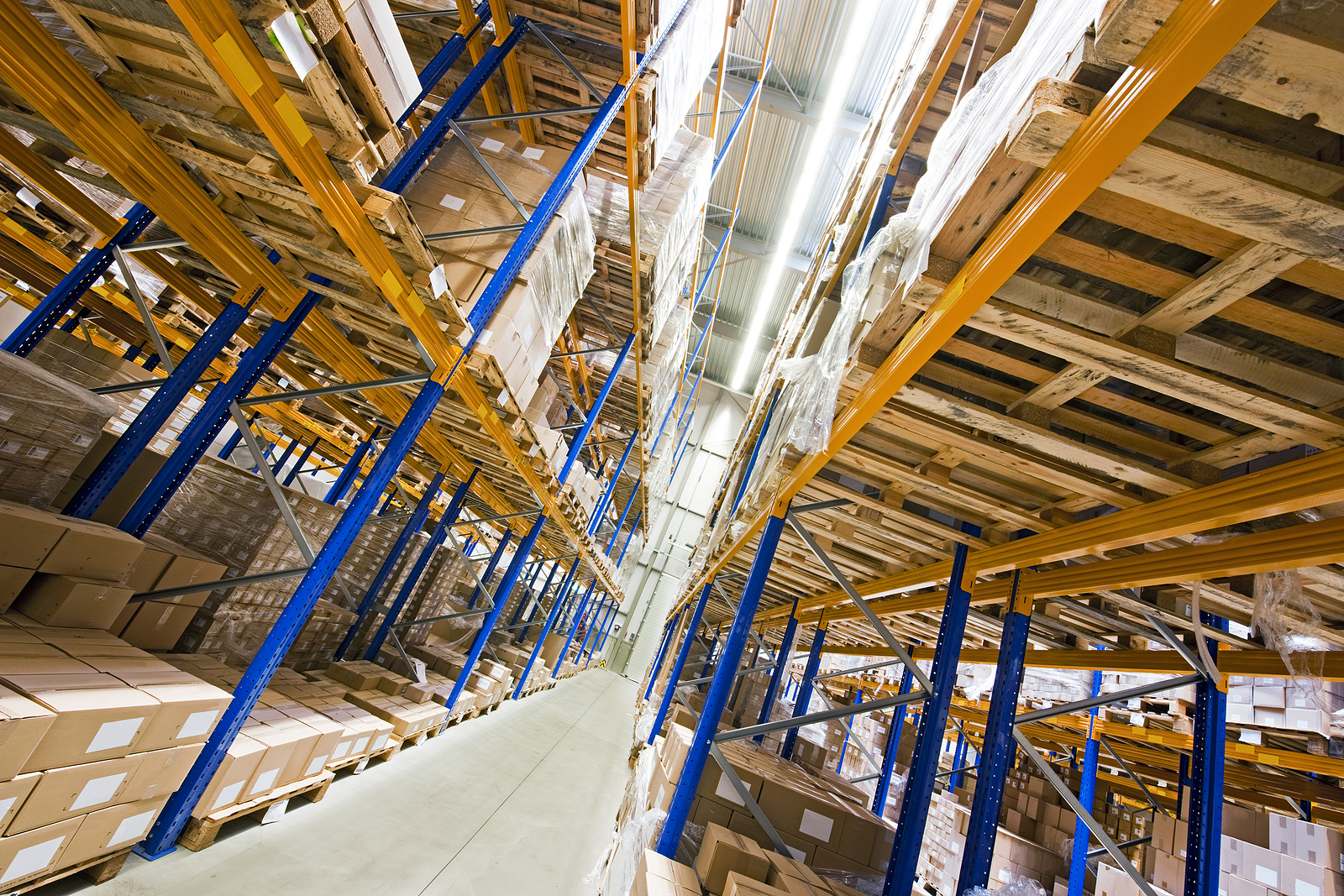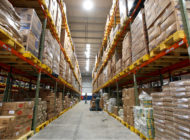If you’re outgrowing your current warehousing partner or are ready to make the leap from DIY to a more robust operation, 3PL outsourcing may be the answer. In this article, we’ll tell you a little about what a 3PL warehousing operation looks like and give you 5 benefits that an outsourced 3PL relationship can have for your business.
What is 3PL warehousing?
Warehousing operations with a 3PL partner typically follow a shared warehousing model. Shared warehousing enables you to share space in a 3PL’s warehouse alongside other “tenants.” Instead of the large overhead associated with the DIY and contract warehouse models, you pay only for the space and services you require. Your 3PL can accommodate any shifts in space or resource requirements – effectively scaling your footprint to your needs as they change over time.
For larger companies with predictable sales volumes, there is also dedicated warehousing. With this model, pay a 3PL to fully dedicate one (or more) of its warehouses to your operation. Or, you can lease the facility(s) yourself and hire a 3PL provider to run your operations.
4 reasons why 3PL outsourcing makes sense
 1. Cost savings: Outsourcing warehousing operations to a 3PL provider can help you reduce the following costs.
1. Cost savings: Outsourcing warehousing operations to a 3PL provider can help you reduce the following costs.
- Warehouse space and equipment: Instead of paying for a full warehouse lease yourself and buying all of the necessary equipment, you can simply use a 3PL’s existing infrastructure and pay for what you use (in a shared warehousing model).
- Software: 3PL providers invest in the latest warehousing and logistics technology so you don’t have to.
- Labor costs: Attracting, hiring and retaining warehouse associates is a core competency of 3PL providers. By entrusting these items to a 3PL you can reduce the costs and headaches associated with performing these activities yourself. Also, 3PLs are much more adept at managing labor for seasonal or fluctuating volumes by cross-training staff across multiple customers and leveraging short-term workers.
2. Improved efficiency: 3PL providers leverage best practices across many different customers to optimize warehousing operations for efficiency. This can lead to reduced order fulfillment times, improved accuracy, and lower inventory costs.
3. Scalability: 3PL providers can scale operations up or down based on customer needs.
4. Reduced risk: Outsourcing warehousing services can help companies reduce their risk in a number of ways. For example, 3PL providers are typically insured against damage or loss of inventory. Additionally, 3PL providers have experience in dealing with a variety of supply chain disruptions, such as natural disasters and labor disputes.
What to look for in a 3PL warehousing provider
Your 3PL vetting process should start with the basics:
- Tour the warehouse of a prospective 3PL partner to assess its cleanliness, environmental characteristics, organization and safety conditions.
- Interview warehouse management to determine if/how the 3PL’s capabilities can meet your product and operational requirements. You’ll also want to get a sense that your operation is not too big for the 3PL’s capabilities, nor too small to receive the attention you deserve.
- Interview warehouse associates to see how knowledgeable they are about operational processes.
From there, you should look for characteristics that separate one 3PL from the rest of the pack. Two areas that should be of interest are continuous improvement and KPI management.
Continuous improvement
For most companies, it is important that their 3PL partner has a documented continuous improvement program (CIP) in place. Such a program seeks to improve operations, prevent non-conformities and ensure that errors, should they occur, are never repeated.
Some 3PL providers go the extra mile with CIP and are ISO-9001-certified. While not every company that has a CIP will be ISO-9001-certified, every ISO-9001-certified company will have a CIP. ISO-9001 is one of the standards developed by the International Organization for Standardization (ISO). Companies who are certified in the ISO-9001 standard have demonstrated a commitment to quality that goes far beyond lip service.
Warehouse KPI management
When you contract with a 3PL for warehousing and distribution, you’re entrusting key components of your supply chain to an expert that can perform these services at a high level. Key performance indicators (KPIs) are the metrics that help you to understand just how well your 3PL is performing.
Importantly, these KPIs should be established with your 3PL at the outset of the relationship. Each metric must also have a goal which denotes success (e.g., 99.5% on-time shipments). If/when your 3PL provider falls short of the mark with any given metric, you’ll want to have confidence in its ability to identify the root cause and to establish corrective measures to improve performance.
Getting started
If you’re looking for East Coast warehousing that allows you to reach 70% of the U.S. population in just one day, look no further than Kanban Logistics. We are an Eastern North Carolina 3PL provider that offers dedicated and shared warehousing (with rail access) and a full suite of additional logistics services. We’re always happy to talk warehousing, so feel free to contact us anytime.



